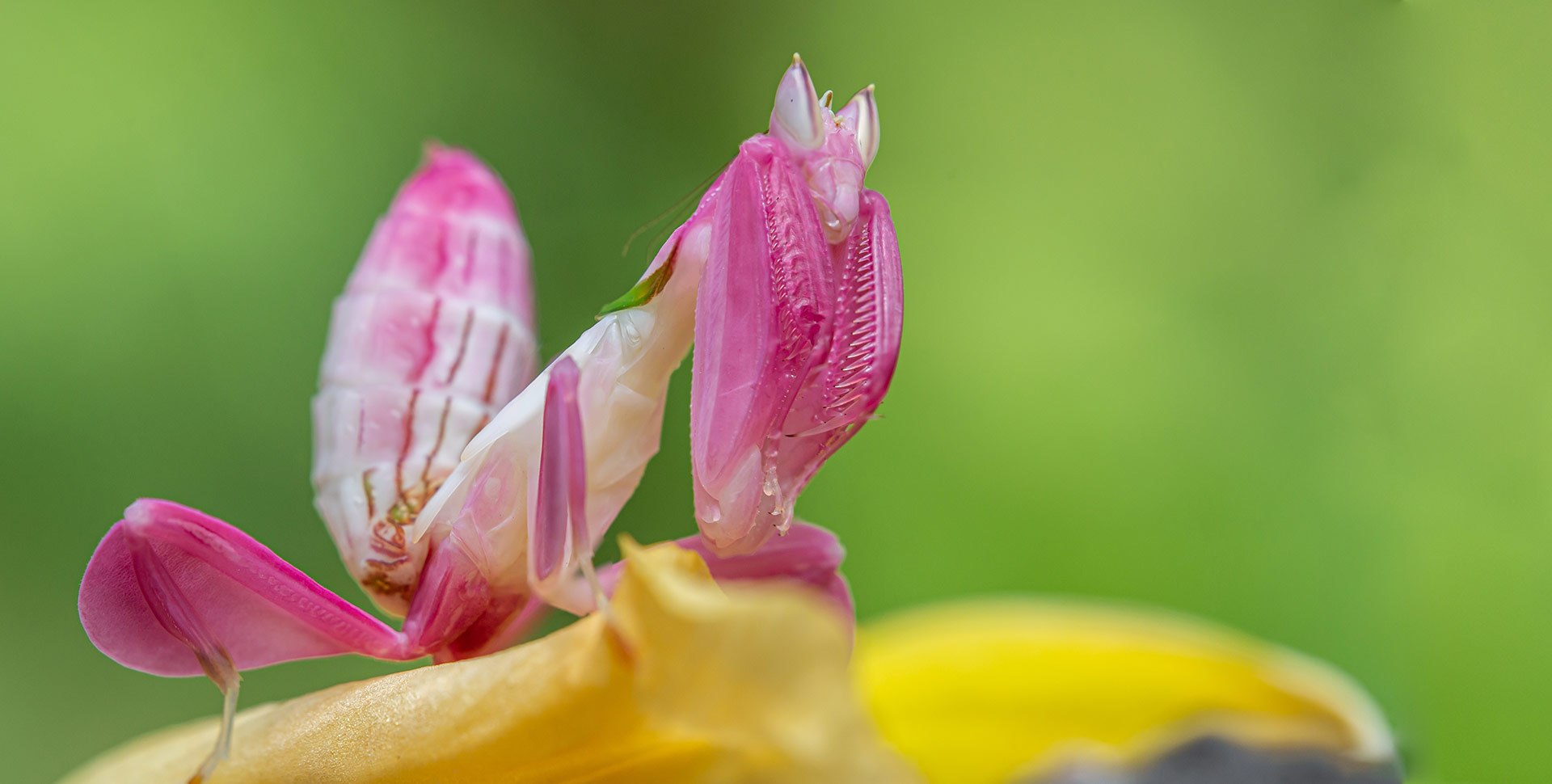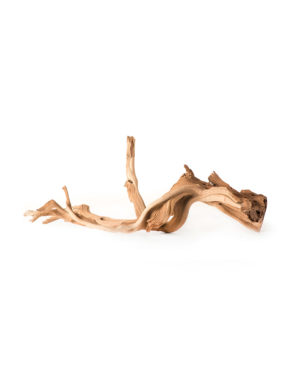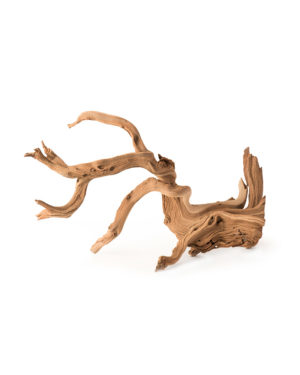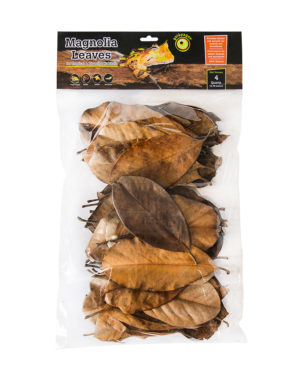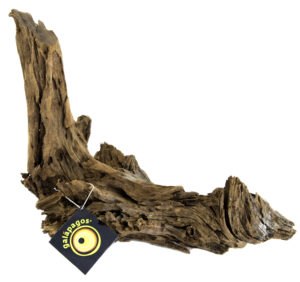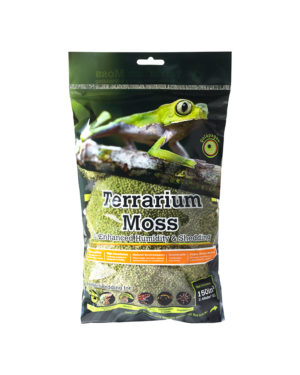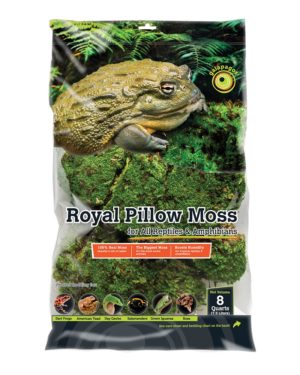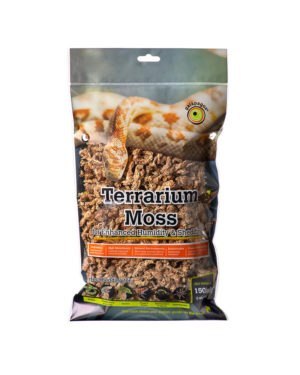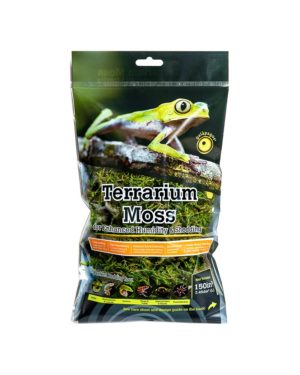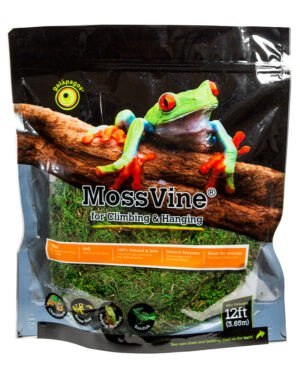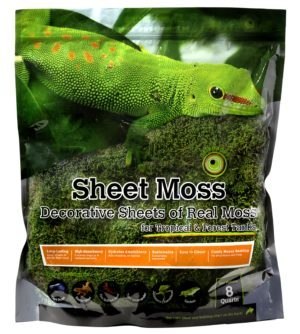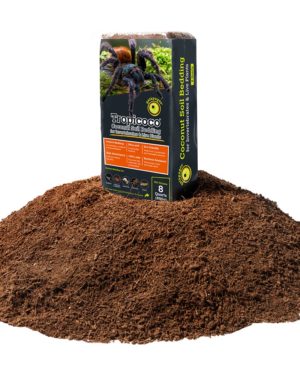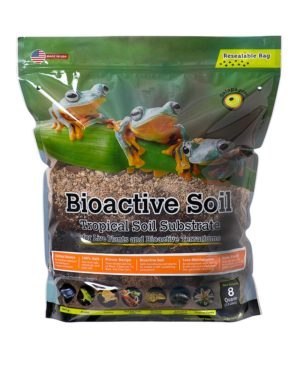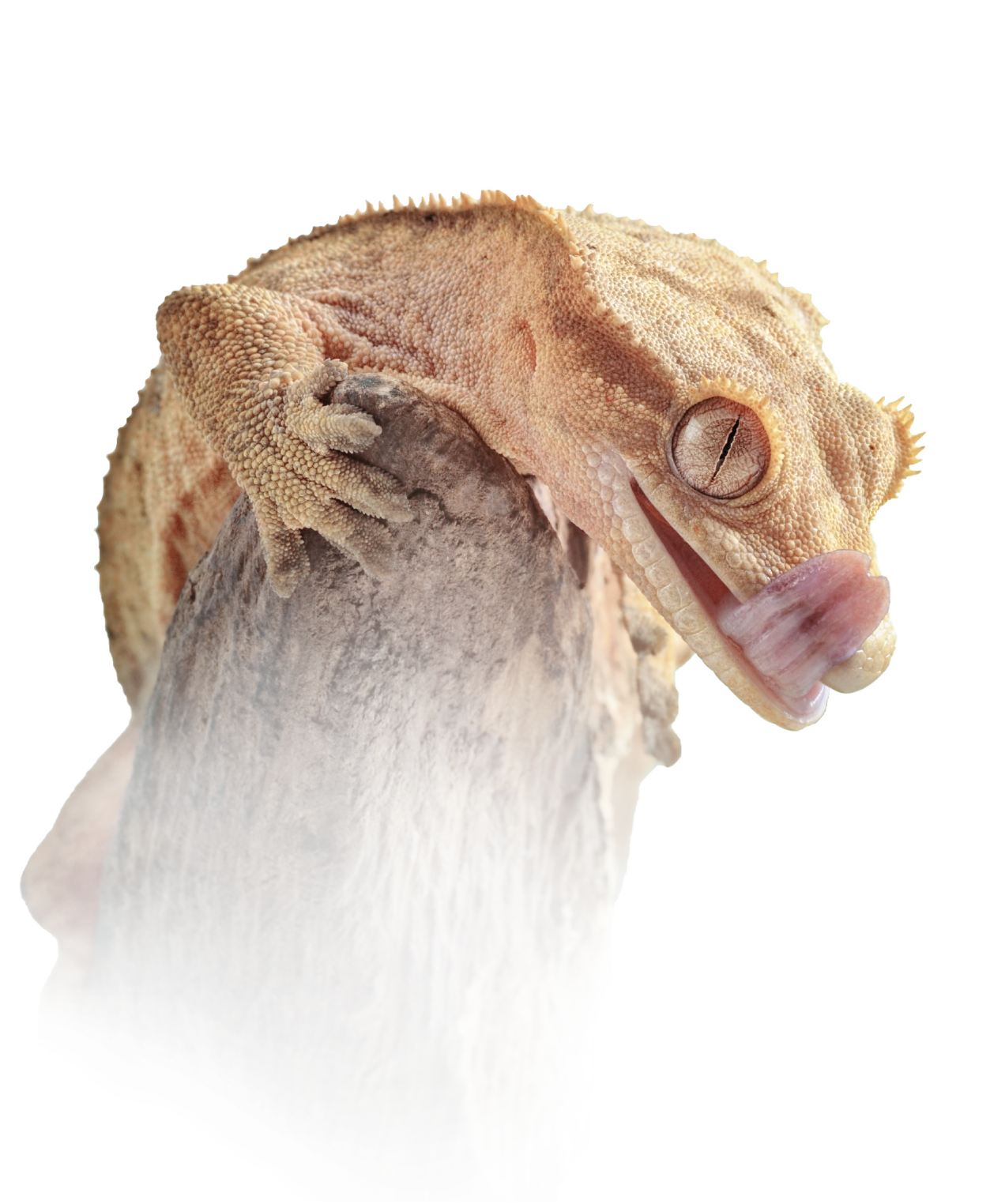Environment
Rain forests
Light
Optional
Temperature
78-82 Degrees Fahrenheit
Humidity
60-80 Percent
Most Active
Diurnal *Males might be more active at night*
Lifespan
5-9 Months
Size:
Orchid Mantis sizes vary by gender. Adult males are much smaller than females and tend to be around 1 inch at maturity. Female orchid mantises grow about three times as large as males with an average length of 3 inches.
Lifespan:
In captivity, with proper care, Orchid Mantises can live 5-9 months with females tending to live slightly longer than males.
Enclosure:
When designing your mantis enclosure make sure to remember that they are native to tropical, humid regions. The general rule of thumb for enclosure size is: Length = 2x mantis length, Width = 2x mantis length, and Height = 3x mantis length. Extra height with a screen top is ideal as they need more room when clinging to the mesh to molt. Solid enclosure sides are a great option as they keep humidity better than a full mesh tank. However, take care to ensure there is enough ventilation and air flow.
Temperature & Humidity
Orchid mantises thrive in slightly warmer than room temperature settings with the ideal gradient at around 78-82 degrees Fahrenheit and a basking spot in the upper 80s. Night time temperatures can drop down into the low 70s. More than a few hours at 95+ degrees or above can be deadly. Make sure to monitor your enclosure temperatures for a couple days in a row before adding your mantis and keep them out of direct sunlight. Remember that if you decide to run lights for live plants, the heat emitted from the lights will increase the temperature by a couple degrees.
Humidity should be kept around 60-80 percent at all times. Mist as needed to keep the proper humidity. One of the best ways to maintain humidity is by using a large amount of Golden Sphagnum Moss. Golden sphagnum moss is one of the highest quality mosses that holds humidity better than any other moss and is very mold resistant.
Another great way to help control and maintain humidity while making your mantis enclosure more natural, is with additional mosses and live plants. Green sphagnum moss, royal pillow moss, sheet moss, pillow moss, bromeliads, and ferns are all excellent at storing and maintaining humidity.
Substrate
Orchid Mantises do well on a variety of different substrates but there should always be at least 1-2 inches of substrate. There are several types of soil mixes but Bioactive, ABG mixes, and Coconut Soil mixed with Golden Sphagnum moss are some of the most common. These mixes are also great naturalistic substrate options that help maintain and control humidity. Adding on leaf litter is a great idea as it provides shelter, humidity, and a food source if you decide to add isopods or springtails. No matter what substrate you decide to use, make sure to keep an eye on humidity as too much or too little can cause problems.
Hides
Providing multiple safe hiding places and climbing pieces is extremely important to the overall health of your mantis. Mantises need secure, climbing areas with foliage that they can retreat to in order to reduce stress and feel safe. Plants, vines, and woods are all great options that will provide safety and enrichment. The plants and leaves that make up the foliage can be fake or live depending on your personal preference.
Lighting
There is no special lighting needed for orchid mantises. However, if you decide to do live plants you will need to research what kind of lights you need for the specific plants. Only use the lights for a maximum of 12 hours as too much light can cause stress. Also remember that lights will increase temperatures in the enclosure so be sure to monitor and adjust to any changes.
Feeding
Orchid mantis are carnivores, meaning they strictly consume other insects and small animals to obtain the nutrition they need. Feeders should be no longer than ½ your mantis length. Fruit flies, bottle flies, wax moths, and black soldier flies are popular feeding insects. Offer as much prey as the mantis will eat every other day. Although you can free feed your mantis, using tweezers to ensure your mantis is eating is ideal.
Offering bee pollen or some form of honey mixed with bee pollen once a week is another great source of nutrition for your orchid mantis.
Water
Mantises do not need an actual water dish as long as the enclosure is kept moist enough. There is plenty of water on the leaves, wood, and substrate that will provide hydration for your mantis.
Decor
After the necessities, mantis enclosures can have any variety of decor that help to add enrichment. Spider Wood, Manzanita, and Driftwood are popular additions that act as a centerpiece and anchor for a variety of plants and other accessories. Natural stones, mosses, and plants are also a great addition for general stimulation and enrichment with the added benefit of a naturalistic look.
Interesting Facts:
- Although pink is a common color for an Orchid Mantis, they can be found in white, yellow, orange and even purple.
- Despite their floral appearance, orchid mantis can be quite bloodthirsty. It is not uncommon for females to eat males after copulation or simply if they are hungry.
- The orchid mantis does not hunt like a typical predator by chasing down prey. They lie in wait for their prey to cross their path and strike with incredible swiftness.
- Orchid Mantises utilize aggressive mimicry, which is when a predator camouflages itself as a non-threatening third party. They will even sway their body back and forth to simulate a flower blowing in the wind.
- Orchid Mantises have extra “lobes” that are fin-like protrusions on their legs that help to further mimic flower petals.


